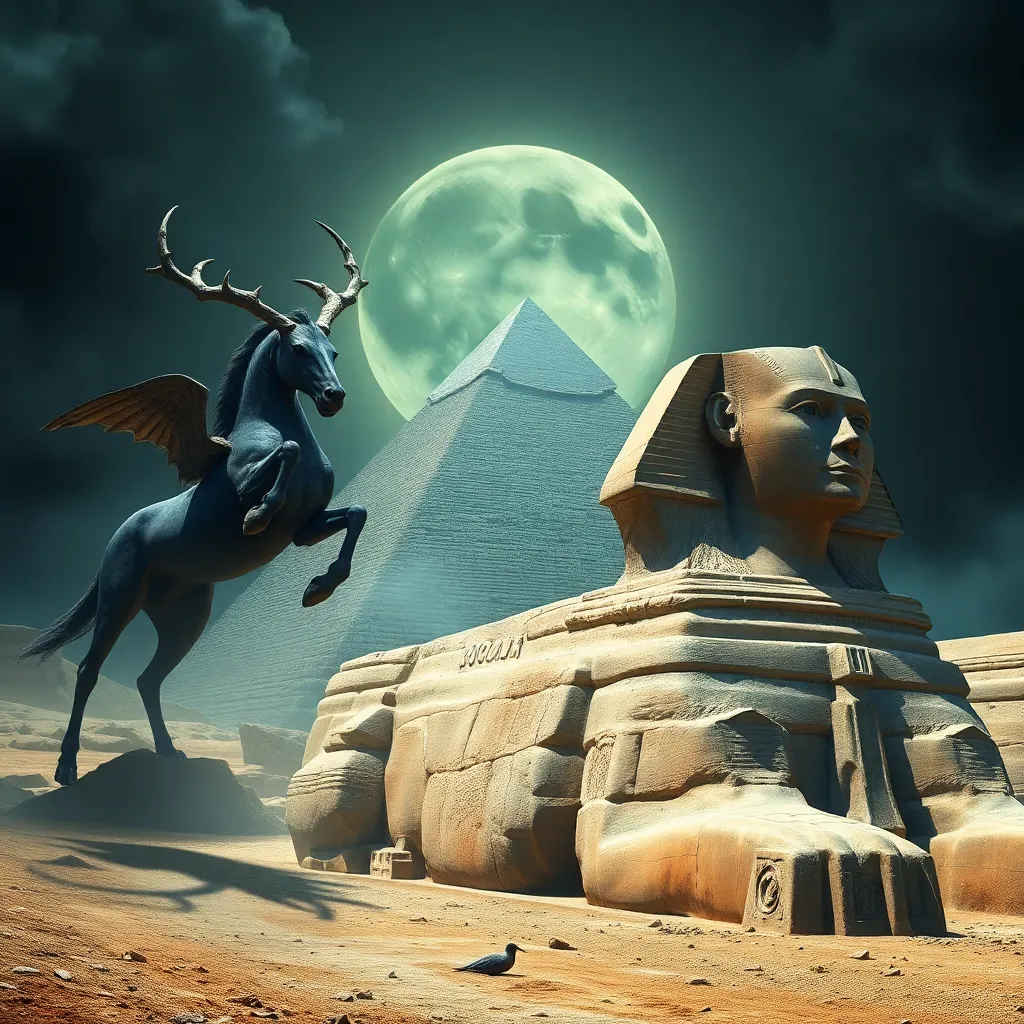The Mythical Waters: Sacred Lakes and Rivers in Lore
Introduction to Mythical Waters
Throughout human history, water has held a special place in our collective consciousness. Defined as mythical waters, these sacred lakes and rivers embody cultural significance and spiritual importance across the globe. They are often seen as the birthplace of creation, the source of life, and the thresholds between the earthly and the divine. In various cultures, these bodies of water are revered not merely for their physical attributes but also for the legends, myths, and spiritual beliefs that surround them.
Sacred lakes and rivers serve as focal points for rituals, worship, and communal gatherings, nurturing a deep connection between people and nature. From the Ganges in India to Lake Titicaca in South America, these waters resonate with the essence of life and the mysteries of the universe, reflecting humanity’s enduring relationship with the environment.
Cultural Perspectives on Sacred Waters
Water is considered sacred in many cultures, often representing purity, life, and renewal. The perspectives on water vary widely across different societies and religions:
- Hinduism: The Ganges River, or Ganga, is revered as a goddess and is central to Hindu spirituality, symbolizing purification and salvation.
- Indigenous Cultures: Many Native American tribes view rivers and lakes as sacred, integral to their creation stories and cultural identity.
- Christianity: Water is a symbol of purification and rebirth, as exemplified in the practice of baptism.
- Ancient Egypt: The Nile River was vital for agriculture and life, often personified as the god Hapi, representing fertility and abundance.
This comparison highlights how various beliefs and values surrounding water shape cultural practices and spiritual connections to nature. While some cultures contextualize water within a framework of gods and spirits, others emphasize its practical importance in sustaining life.
The Role of Sacred Lakes in Folklore
Sacred lakes often serve as the centerpiece of local folklore, weaving intricate tales that connect communities with their history and beliefs. Notable examples include:
- Lake Titicaca: Located between Bolivia and Peru, it is believed to be the birthplace of the Inca civilization and is home to a rich tapestry of myths involving creation and deities.
- Lake Baikal: As the deepest freshwater lake in the world, it is revered in Siberian folklore, where it is believed to be inhabited by spirits and mythical creatures.
These lakes are not just geographical features; they embody stories that reflect the values, fears, and aspirations of the cultures that revere them. The legends associated with these lakes often include themes of creation, immortality, and the mysteries of life.
Rivers of Myth: Flowing Through Time
Rivers, like lakes, are laden with symbolism and mythological significance. Two of the most famous mythical rivers include:
- The Ganges: Known for its sacredness, the Ganges is believed to cleanse sins and is a vital part of Hindu rituals, including cremation. Its waters are thought to bring salvation.
- The Styx: In Greek mythology, the Styx is the river that separates the world of the living from the dead, with its waters possessing the power to grant invulnerability.
These rivers tell stories of life, death, and the journey of the soul, illustrating the deep connection between humanity and the natural world. The symbolism embodied in these flowing waters continues to inspire reverence and reflection.
Creation Myths and Water
Many creation myths across cultures involve lakes and rivers, serving as metaphors for the birth of life and the universe. For example, in various Aboriginal Australian stories, the Dreamtime is a period when ancestral beings created rivers and lakes, shaping the landscape and establishing a connection between the people and the land. Similarly, in Hindu mythology, the celestial river Ganga is said to have descended from heaven to earth, bringing life and prosperity.
These myths highlight the profound relationship between humans and nature, emphasizing water as a fundamental element in the creation and sustenance of life. They reflect the respect and reverence communities hold for their natural surroundings and the mystical qualities attributed to water.
The Guardians of Sacred Waters
Across various mythologies, deities and spirits are often seen as guardians of sacred waters. Some notable examples include:
- Yamuna: In Hinduism, the river Yamuna is personified as a goddess and is revered for her purity and connection to Lord Krishna.
- Mother Ganga: The Ganges is often worshipped as a goddess, embodying the essence of life and spirituality.
- Water Spirits: Various cultures have tales of water spirits or nymphs that protect lakes and rivers, ensuring their purity and sanctity.
These guardians embody the spiritual significance of water in different cultures, serving as reminders of the need to protect and honor these sacred spaces.
Sacred Waters in Modern Spiritual Practices
Today, many contemporary spiritual practices continue to honor and respect mythical waters. Rituals such as pilgrimages, offerings, and ceremonies are conducted at sacred lakes and rivers. Examples include:
- Pilgrimages to the Ganges during festivals like Kumbh Mela, where millions gather to bathe in its waters.
- Rituals performed at Lake Titicaca, where locals celebrate their ancestral traditions and seek blessings from the lake.
These practices not only reflect the enduring significance of these waters but also serve to strengthen community bonds and cultural identity.
Environmental Concerns and the Preservation of Sacred Waters
Despite their sacred status, many lakes and rivers face significant threats from pollution, climate change, and overexploitation. The impact of these issues is not only environmental but also cultural and spiritual. Initiatives aimed at preserving these mythical waters include:
- Community-led clean-up efforts to restore the purity of rivers and lakes.
- Legislation aimed at protecting water bodies from pollution and industrial activities.
- Education and awareness campaigns to promote sustainable practices among local communities.
By preserving these sacred waters, we safeguard not only the environment but also the cultural heritage and spiritual practices that are intertwined with them.
The Intersection of Myth and Tourism
Sacred lakes and rivers have become significant tourist attractions, drawing visitors from around the world. While this can promote cultural exchange and provide economic benefits, it also raises concerns about the commercialization of sacred spaces. Striking a balance between respecting cultural traditions and catering to tourism is essential.
- Encouraging responsible tourism practices that respect local customs.
- Implementing regulations to manage tourist activities and protect sacred sites.
By fostering an understanding of the cultural significance of these waters, we can promote a tourism model that honors the mythology and values associated with them.
Conclusion: The Enduring Legacy of Sacred Lakes and Rivers
The mythology surrounding sacred lakes and rivers is an integral part of our cultural identity and environmental stewardship. These bodies of water not only reflect our beliefs and values but also serve as vital resources that sustain life. The preservation of their mythology and physical presence is crucial for future generations.
As stewards of the earth, we must recognize the importance of these mythical waters in shaping our cultural narratives and fostering a deep respect for nature. In doing so, we honor the legacy of those who have revered these waters before us and ensure that they continue to inspire awe and reverence for generations to come.


